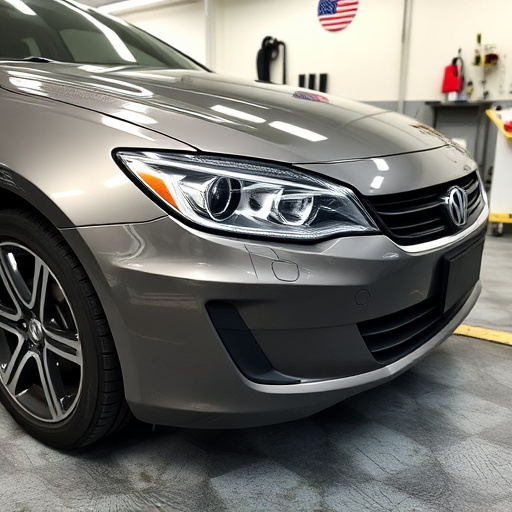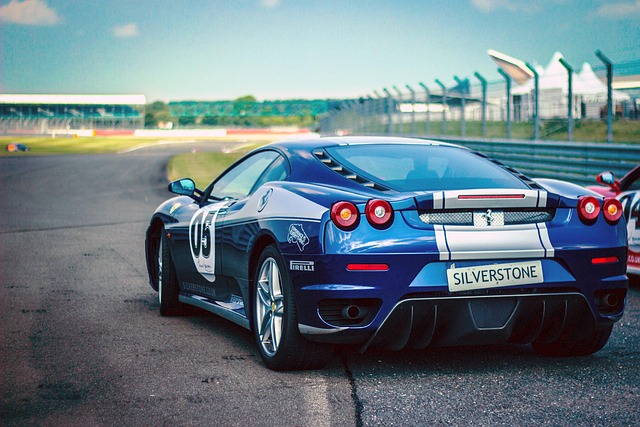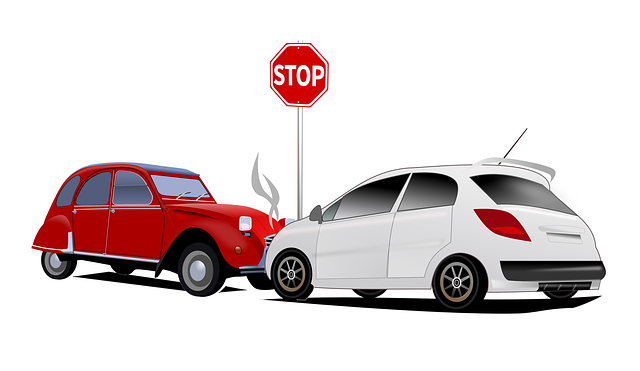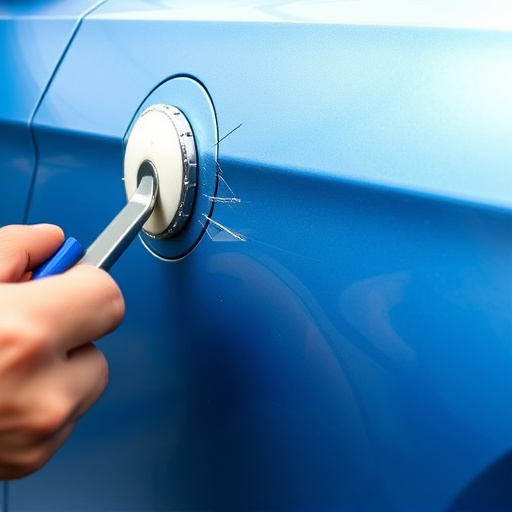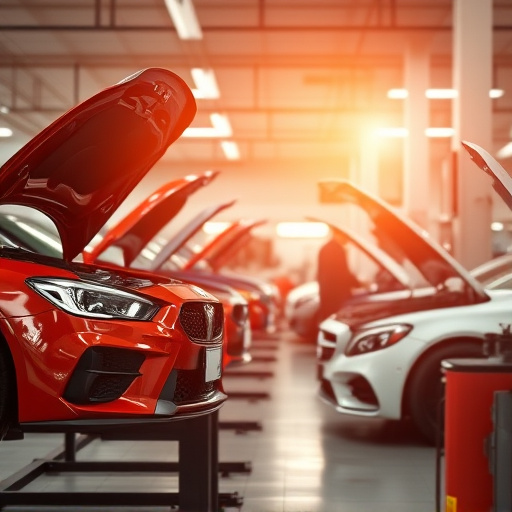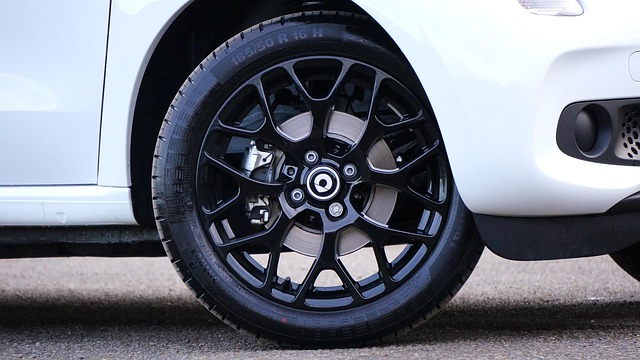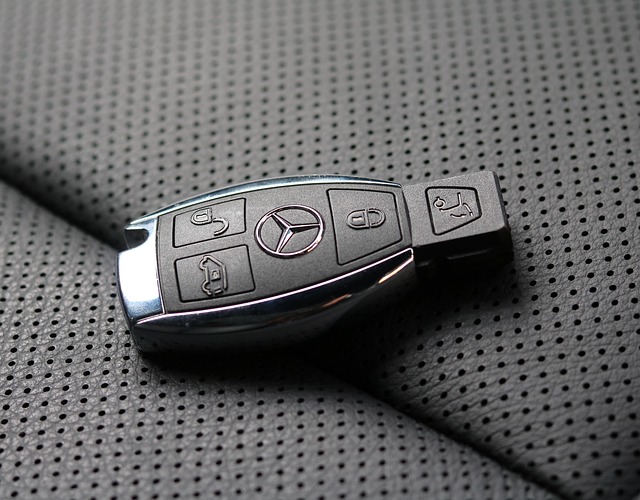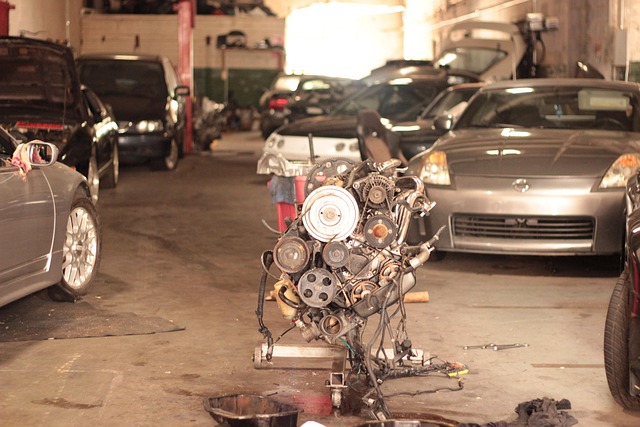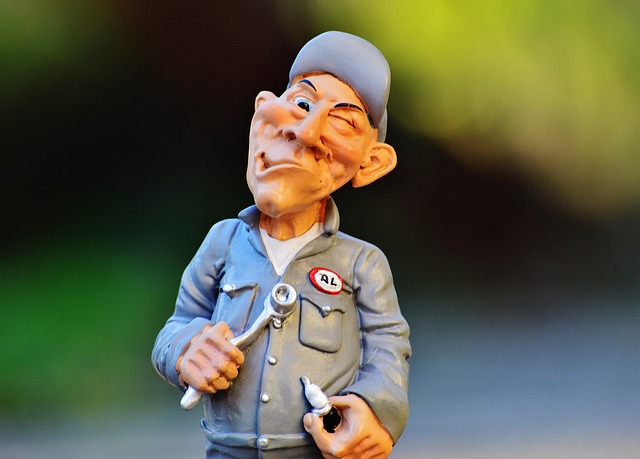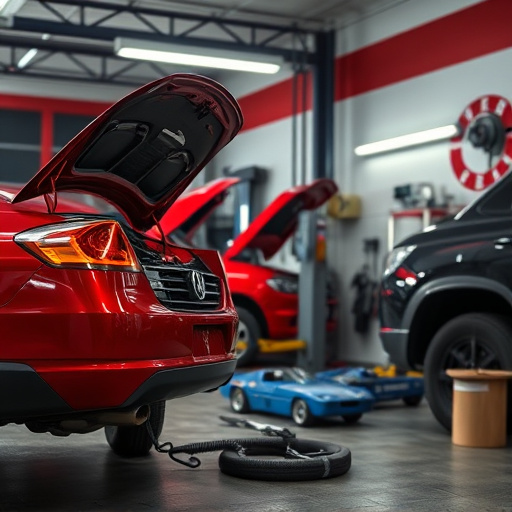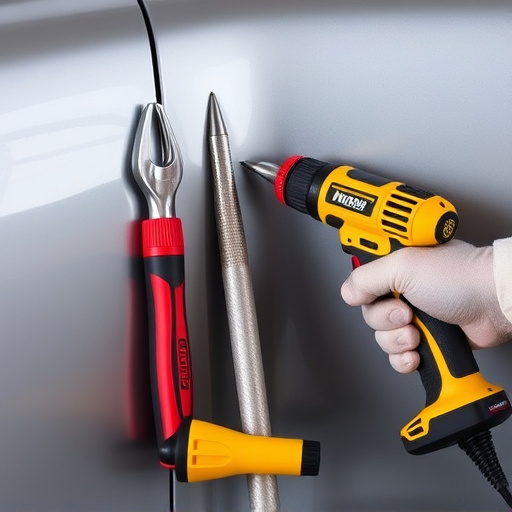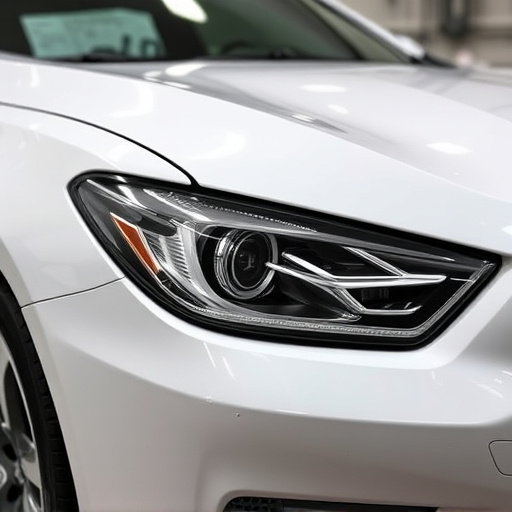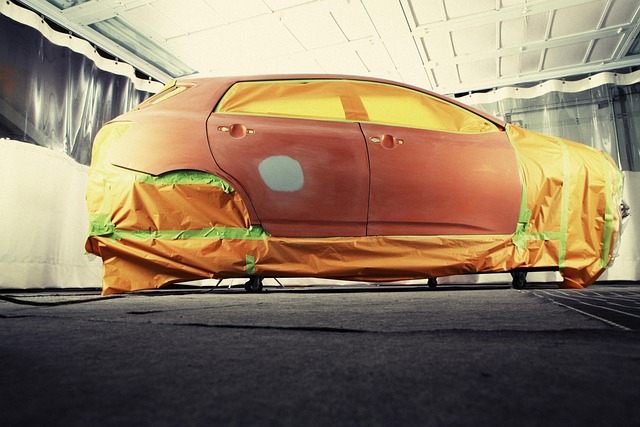The evolution of automotive paint types has been driven by consumer demands for improved aesthetics and performance, from early protective coatings to modern polyurethane paints. Enamel paints introduced better durability in the late 19th century, but had issues with chip resistance and drying times. Polyurethane paint emerged mid-20th century as a game-changer, offering exceptional durability, chip resistance, and faster drying times, ideal for collision repair and body restoration. Today, urethane paint's superior performance over traditional automotive paint types makes it a top choice for maintaining vehicle appearance under challenging conditions.
In the ever-evolving landscape of automotive aesthetics, urethane has emerged as a game-changer among paint types. This article delves into the reasons behind urethane’s leadership in performance within the automotive painting industry. From its evolution as a response to traditional paint limitations to its remarkable properties and advantages, we explore how urethane outperforms alternatives. Through a comprehensive comparison, we highlight urethane’s superior durability, corrosion protection, customizability, and environmental benefits, solidifying its position as a top choice for modern vehicle finishes.
- The Evolution of Automotive Paint Types
- – A brief history of automotive paint
- – Traditional paint types and their limitations
The Evolution of Automotive Paint Types
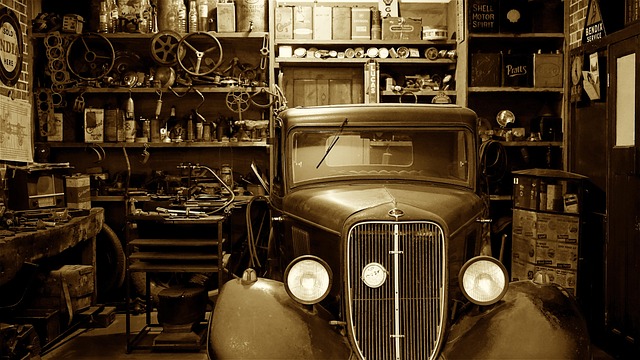
The evolution of automotive paint types has been a journey driven by technological advancements and consumer demands for improved performance and aesthetics. Historically, early car bodies were finished with simple coatings to protect metal from rust. As cars became more complex and fashionable, enamel-based paints emerged in the 20th century, offering vibrant colors and better durability. However, these traditional paints had drawbacks, such as poor chip resistance and long drying times.
This led to the development of modern polyurethane paints, which have revolutionized the automotive industry. Polyurethane, known for its exceptional durability and chip resistance, outperforms traditional enamel paints in various aspects. When it comes to car collision repair or comprehensive car body restoration, polyurethane’s superior performance translates into longer-lasting results, ensuring that vehicles maintain their original or restored appearance for extended periods, even under challenging conditions.
– A brief history of automotive paint

Automotive paint has evolved significantly since its early beginnings. Historically, early cars had bare metal finishes, requiring constant attention and protection from the elements. As vehicles became more sophisticated, so did their protective coatings. The introduction of enamel paints in the late 19th century marked a major milestone, offering better durability and color retention. Over time, various automotive paint types emerged, each with unique properties catering to different needs.
Today, urethane stands out among these automotive paint types due to its superior performance. Its development in the mid-20th century brought about a game-changer in vehicle bodywork protection. Urethane’s ability to withstand extreme temperatures, provide exceptional clarity, and offer excellent resistance to chipping and fading makes it a top choice for body shop services involved in vehicle collision repair. This durability translates into longer-lasting finishes, ensuring vehicles maintain their aesthetic appeal for years to come.
– Traditional paint types and their limitations

Traditional automotive paint types have long been the go-to option for vehicle finishes, offering a wide range of colors and glazes. However, they come with several limitations that can hinder their performance over time. One of the primary issues is their susceptibility to chipping, especially in areas prone to impact or frequent contact, such as the car body restoration process or in cases of automotive collision repair. This fragility makes them less durable, requiring more frequent reapplication.
Additionally, traditional paints often struggle to match the precision and quality of modern finishes, particularly when it comes to intricate designs or restoring vehicles with unique or hard-to-find colors. The need for skilled labor and specialized equipment to achieve a flawless result further adds to the cost and time required in collision repair shops. These limitations have led many in the automotive industry to seek alternative solutions, ultimately driving the adoption of urethane as a leading paint type.
Urethane paint has emerged as the leading choice for automotive finishes, surpassing traditional options like lacquer and polyester. Its exceptional durability, resistance to chips and fading, and superior flow make it a top performer in various weather conditions. As the demand for long-lasting, high-quality finishes continues to grow, urethane’s versatility and performance make it an obvious choice among car manufacturers and enthusiasts alike, solidifying its position as the go-to automotive paint type.
